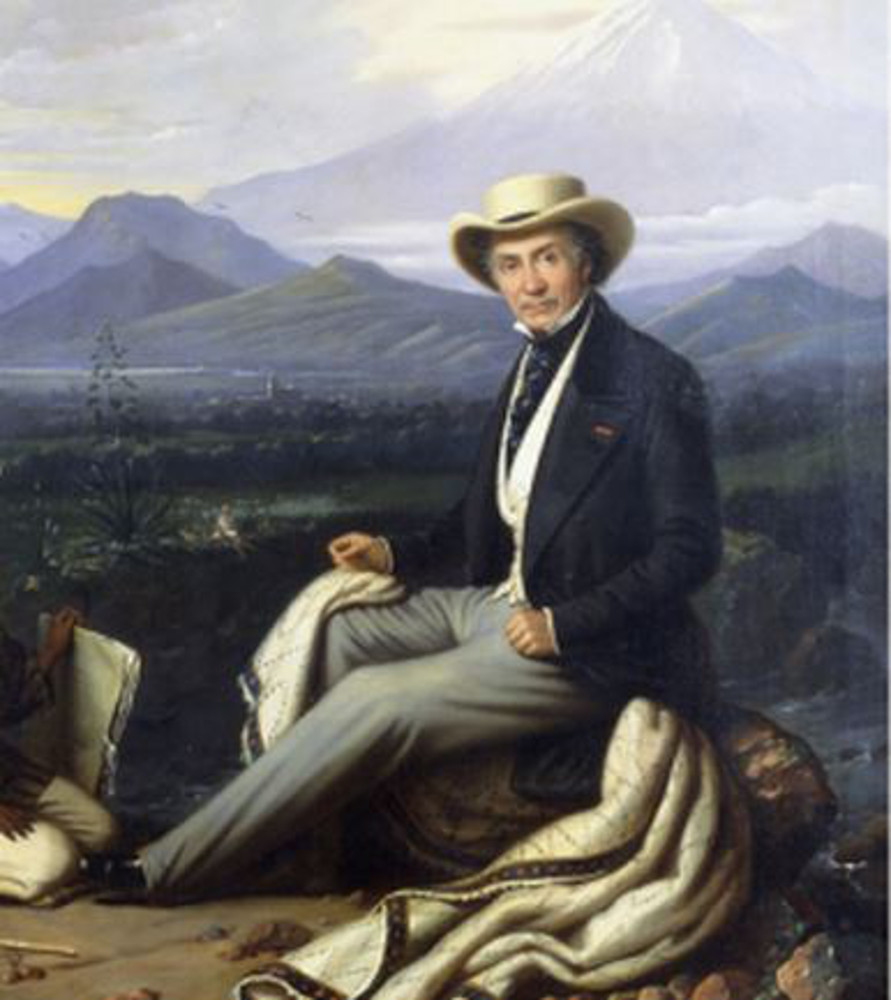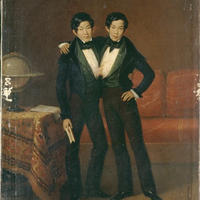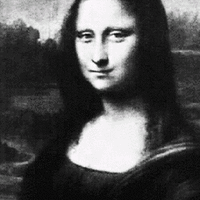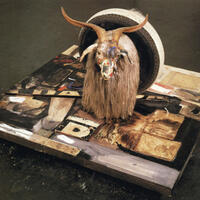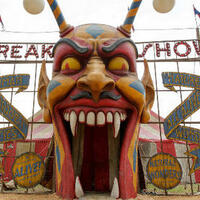More about Édouard Pingret
Works by Édouard Pingret

Sr. Contributor
In his long and colorful life, French artist Édouard Pingret literally traveled from the halls of Montezuma to the shores of Tripoli.
He would live through the most tumultuous movements in French history, from the French Revolution, through the Napoleonic Wars and beyond. He even painted Emperor Napoleon Bonaparte in 1808...but it was his adventures abroad that would really define his life and his art.
At the age of 14 his father apprenticed him to Jacques-Louis David, one of the most important French artists of all time. But Édouard was not satisfied with making stuffy portraits of the Parisian wealthy, which is all his mother country had to offer a prestigious young painter. Like an idealistic liberal arts major backpacking through the developing world in our own time, he packed up his brushes and set sail for North Africa, traveling through Morocco, Algeria and Tripoli. Tripoli in the early 19th century was a rough and tumble city teeming with pirates, and was the site of America’s first war on foreign soil, and our only official war against pirates.
He next traveled to Mexico City, where he lived for five years painting portraits of notable Mexicans, including the President of Mexico, Mariano Arista. But as the untamed world had drawn him from the luxuries of Paris, so did the rustic charms of commoners lure him from the Mexican aristocracy. His most memorable works from his Latin American sojourn are genre paintings of indigenous Mexicans doing everyday activities such as kitchen work and religious rituals.
Despite his evident sympathy with the local culture and people, Pingret plundered Aztec ruins and archeological sites for pre-Columbian artifacts and brought his loot back to France. You know what they say: When in Rome, do as the Romans do…When in Mexico, stuff some priceless antiquities of the oppressed indigenous population in your luggage. You can take the Frenchman out of the Empire, but you can’t take the Imperialist out of the Frenchman.
Featured Content
Here is what Wikipedia says about Édouard Pingret

Édouard-Henri-Théophile Pingret (30 December 1788 in Saint-Quentin, Aisne – 1875 in Paris 8e) was a French painter and lithographer.
Life

He was born at Saint-Quentin, Aisne, the son of a middle-class family in a mainly agricultural region, but also home to the celebrated General Cambronne and to illustrious notaries and Normandy judges. Pingret's father, Henri Pingret Jullien, was related to the highest spheres of the Protestant aristocracy, and took up the practice of law in 1781. During the French Revolution, his father was named a representative of the Department of Aisne at the Revolutionary Convention, which required him to maintain a secondary residence in the capital of France, Paris.
Pingret studied under painter Jacques-Louis David as well as Jean-Baptiste Regnault; studied also at the Academy of Saint Luke in Rome. He exhibited in Paris salons from 1810 onward. Was appointed a Chevalier of the Legion of Honor, 1831. From 1850 to 1855 he lived and worked in Mexico City, exhibiting annually at the Academia de Bellas Artes. He produced outstanding portraits, including those of Emperor Napoleon Bonaparte (1808) in France and General Mariano Arista (1851; Mexico City, Mus. N. Hist.). His most important works in Mexico were costumbrista genre scenes. He died in his home town of Saint-Quentin.
Check out the full Wikipedia article about Édouard Pingret

